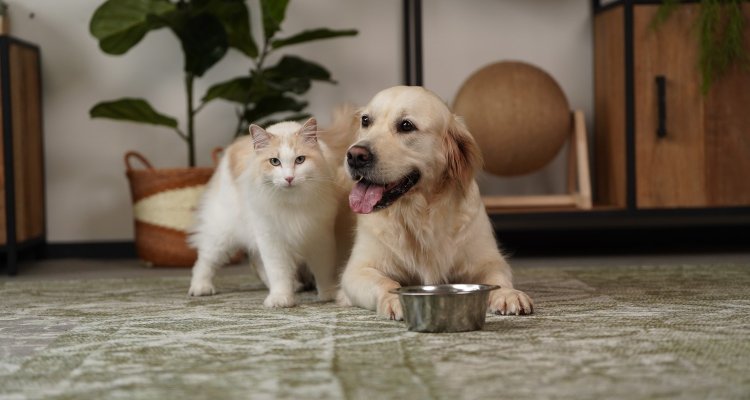
News
Pet owners test pet food quality with their pets
Wageningen University & Research has developed guidelines for a different approach to test quality of pet food: at the pet owners’ home. This ‘in-home’ testing provides additional information on the quality of the food in the eyes of the pet and its owner. Dogs and cats are largely dependent on what food their owner provides them with, making quality a critical consideration. Pet food manufacturers regularly conduct quality assurance tests in testing facilities.
Research shows that testing pet food quality takes just a few days. Pets adapt to the new food within one or two days, wereafter only one (in the case of dogs) or three (in the case of cats) days of fecal collection by the owner is enough to determine the digestibility of the food. The study also shows that both dogs and cats are able to indicate whether they like the food within a short timeframe. The liking of a food, measured by the degree of consumption, is also an important quality aspect.
Every pet is unique
There is a great deal of variation within the pet population. There are, for example, 400 different dog breeds ranging from 1 to 100 kilogrammes in body mass. Moreover, pets differ in age and levels of activity.
This variation is important in selecting the test groups and determining the size thereof. ‘The number of animals that should be included per test depends on the desired precision of the results, the food and the variability of the population’, says Evelien Bos. ‘The more variation in, for example, age, the more animals are required to achieve a precise test outcome.’
The owner’s role
Bos obtained her PhD in this unique study. A study with this scope has never been conducted to test pet food in an in-home setting. A key aspect of in-home testing is the role of the pet owner. The owner can play a positive role by observing how his pet responds to the new food. He can also interpret behaviour since he knows the animal best. The owner is the person who will eventually buy and distribute the food, so his opinion is a relevant element within the test.
On the other hand, the owner may unintentionally influence the animal and vice versa. ‘Such things may occur’, Bos says, ‘but we should not exaggerate the fear that the owner may influence the test results.’ Furthermore, most households have more than one person caring for the pet.
Pets and pet foods are increasingly important
The emotional bond between owners and their pets has become stronger. Dogs and cats are considered part of the family, and, as a result, owners are increasingly discerning in what food they buy. A study even showed that some dog owners are more concerned with healthy food for their dogs than for themselves.
Pet food production is a huge global market. Last year, 35 billion tonnes of pet food was produced for a total value of 110 billion euros. This is expected to increase to 150 billion euros within a few years. Manufacturers routinely test their product for flavour and digestibility before it hits the market.